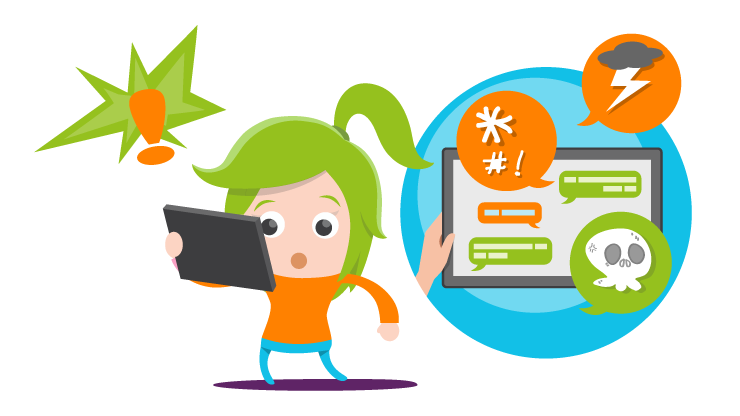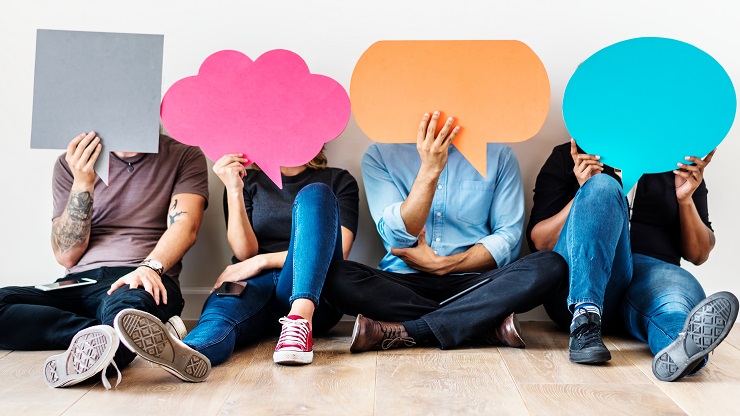
With an impulse set by a song, the young people first consider what respect means to them, how they expect it from others and how they show it to others. Then they work out individually which aspects are important to them for respectful communication, both analog and digital.
They then research their own networks for positive and disrespectful comments and classify them according to the overview they have compiled. Based on the negative comments, they then create a taboo list of expressions or statements that they find disrespectful. Together they discuss why these expressions are disrespectful, e.g. because they insult, exclude or discriminate against other people.
As an introduction to the project idea, the song "Knigge 2.0" by Ben Bohnert is played to the young people and the lyrics are handed out at the same time. The young people express their opinion of the song and report on their own experiences they have already had on the Internet. Afterwards, they write down which synonyms or associations they associate with the word respect.
Securing results: general clarification of the term "respect
Social form: plenary
1. in what way do I expect respect from others towards myself?
2. How do I show respect to others?
3. When is respect particularly important to me?
4. When do I show respect particularly well, when do I not yet succeed in doing so?
5. Do I show others the same respect that I expect of myself?
The young people make a list of which aspects of respect and the associated communication are most important to them. These can be, for example: not using swear words, using friendly language, putting yourself in the other person's shoes (empathy), being open to other opinions/unknown people, etc. The aspects are given points from 1-5. The aspects are assigned points from 1-5 (1 less important, 5 = very important). Thus they receive a kind of evaluation list. In the plenum these individual evaluations are presented and discussed.
Securing results: Evaluation list
Social form: individual work, plenary
Securing results: Taboo list
Social form: Group work
Securing results: Assessment list
Social form: Group discussion in plenary session
The created rating and tab list can be used for general school life but also as a "set of rules" for communication in chat groups or in social networks.
 Young people are not only demonstrating their political commitment, but also how digital media can be used for social and political processes.
Participate instead of just running along
Young people are not only demonstrating their political commitment, but also how digital media can be used for social and political processes.
Participate instead of just running along
 Teachtoday spoke with Björn Milbradt about the role of digitization in promoting democracy.
Interview with Dr. Björn Milbradt
Teachtoday spoke with Björn Milbradt about the role of digitization in promoting democracy.
Interview with Dr. Björn Milbradt
Digital Shopping Tour

